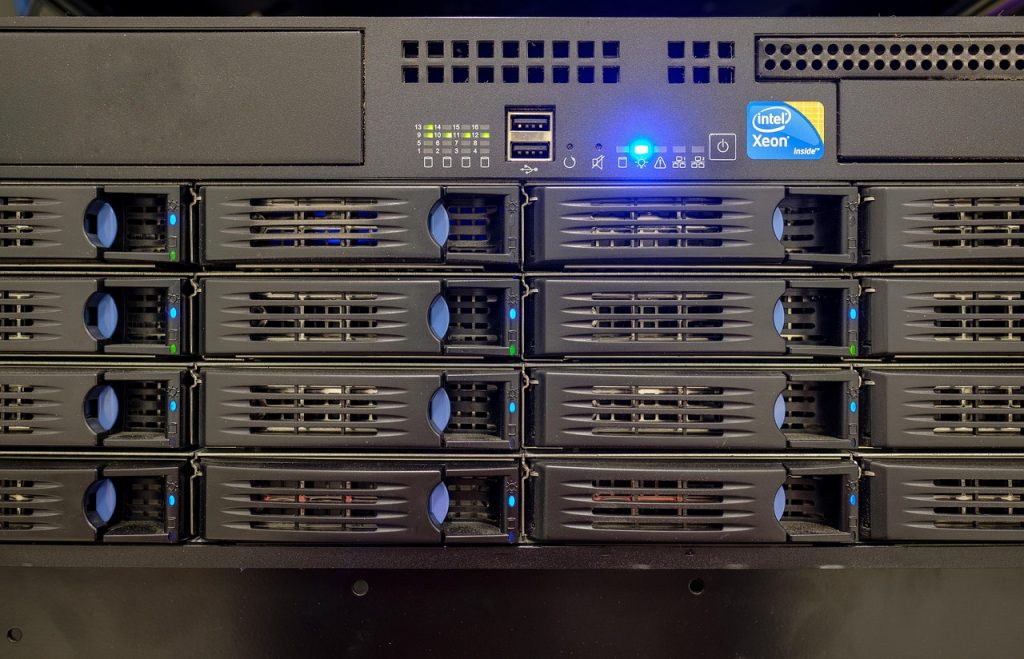There’s a strange phenomenon in our cybersecurity community, and I wonder if others feel the same way: we’re working incredibly hard, yet our management often perceives us as unproductive.
When all goes well, we’re seen as a cost center, consuming budget without tangible returns. But the moment an incident occurs, we instantly become the scapegoat, facing universal criticism.. This unenviable position, more often than not, isn’t due to technical shortcomings, but rather how effectively we communicate our value.
At year-end reviews, business departments present growth curves to showcase their contributions, and sales teams use contract values to highlight their performance. Then it’s our turn. We open our PowerPoint, and the first slide reads: “This year, we blocked X million cyberattacks.”
We all know, deep down, that this number means almost nothing to our bosses. It doesn’t reflect the team’s value, nor can it be tied to any company business metrics. This kind of workload reporting is precisely what’s making us, and our teams, increasingly invisible.

01 Three Levels of Cybersecurity Reporting: Which Tier Are We On?
Level 1: Proving I’m Working
This is the most basic level, reporting on workload.
- Handled 3500 alerts.
- Blocked 120 malicious IPs.
- Patched 500 machines.
Reporting this way tells management: “Look, I’m busy, and my team isn’t idle.” However, it’s not much different from an IT operations daily report, and its perceived value is indeed low. Our busyness isn’t being translated into contributions the company can understand.
Level 2: Proving I Prevented It
Higher-level teams report results .
- This week, we successfully prevented a cryptomining attack leveraging the X vulnerability, avoiding the occupation of server resources.
This is indeed much better, as it connects work to specific threats. However, the problem is that this kind of reporting is highly dependent on attacks occurring, and often involves post-hoc analysis. On most quiet days, our value seems to disappear again.

Level 3: Proving Capability, Quantified by Data
I’ve seen how some top-tier teams operate, and their approach is truly worth learning from. What they report on are their validated capabilities. They’ve transformed security work from a passive defensive action into active scientific experiments.
Their reporting typically follows this kind of logic:
Leadership, this is our quarterly report on our core ransomware defense capabilities. Instead of waiting for an attack to occur, we proactively and safely simulated the complete attack chain of the currently most prevalent Conti ransomware using the Atlas Cybersecurity Validation Platform.
Experimental data shows:
- During the initial penetration phase, the simulated attack was successfully intercepted by our email gateway, proving the effectiveness of our first line of defense.
- We bypassed the first line of defense and continued the simulation. In the lateral movement phase, the attack was successfully detected and alerted by our EDR, but with a 3-minute delay. This indicates our endpoint protection is effective, but there is room for optimizing response speed.
- The simulated communication of connecting back to download encryption certificates before the actual encryption behavior was discovered and alerted by our full-traffic product. This demonstrates our opportunity to sever the attack chain before encryption begins, but requires real-time linkage between our full-traffic product and firewall to achieve immediate blocking.
- Simulating the actual ransomware’s encryption execution, our antivirus + EDR, acting as the last line of defense against ransomware, successfully captured and blocked the action, proving our ultimate fail-safe capability.”
The final conclusion is: Our current defense system against ransomware has a quantifiable success rate of 95%, covering the entire attack chain. We have already optimized our EDR strategy to address the 3-minute detection delay and have set this scenario as a daily automated baseline. If our automated correlation is implemented next quarter, we will then be able to confidently state that we possess the capability to defend against such attacks, rather than merely “should be able to.”
02 From “Interpreter” to “Definer”
Don’t you feel that this reporting method completely transforms the role of the person reporting?
He is no longer a passive interpreter explaining ‘what we did,’ but an active definer establishing ‘how capable we are.’ He transforms security from an ambiguous, inexplicable black box into a transparent system that can be measured, validated, and continuously optimized.
A tool like the Atlas Security Validation Platform actually serves a crucial role as a value translator. It transforms the team’s often fragmented, complex, and invisible technical work into capability data and reports that management can understand, trust, and use for decision-making.
Behind this lies a potential shift in mindset: to stop using tactical diligence to mask strategic laziness.
Perhaps, we can stop being content with just reporting how busy we are, and instead begin using data to prove how strong the team is. This is not just about better work reporting, but more importantly, about earning the team its rightful status and respect within the peculiar cycle where ‘no incidents equals no value.
